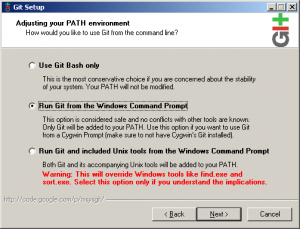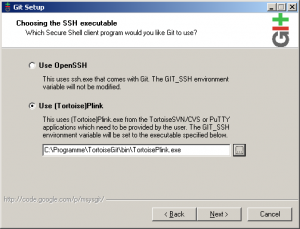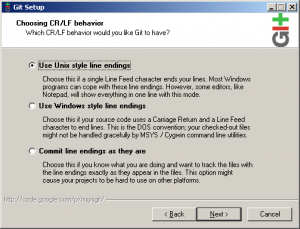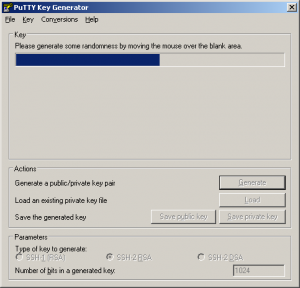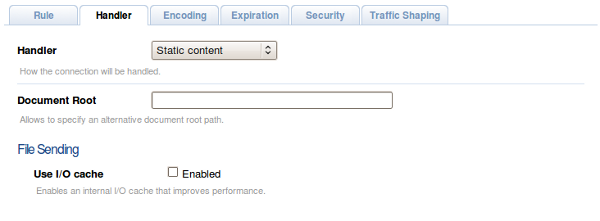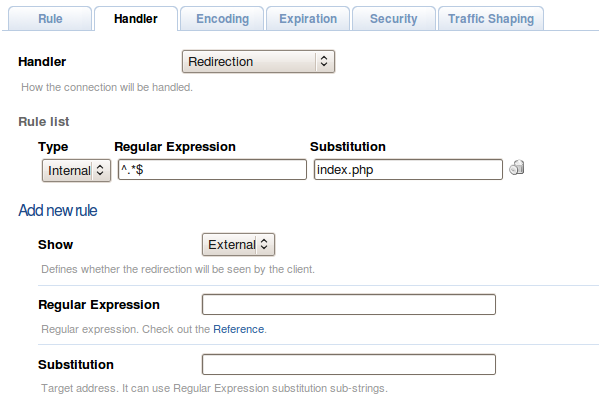P7P55D network driver on Ubuntu
I had a big problem with my network load on Ubuntu. Whenever I copied
files over a gigabit network my system suddently freezed. You can check
if you’re affected by this bug if something like link up, link down, link up, link down keeps showing up on dmesg on high network load.
The problem was that Ubuntu loaded the r8169 driver instead of the
correct r8168 one. I’ve found an easy solution to blacklist the wrong
and install the correct driver.
- Download the lastest driver here.
- Get the script from Github.
Have a look at the VERSION string inside the script. If the downloaded
driver is a newer one you have to edit the string.
Put the script and the donwloaded and compressed driver into the same
directory and execute the script via sudo ./switchmods. It will
blacklist the r8168 driver and install the new driver modules.
That’s it. Enjoy copying files at high speed with no freezes.
...